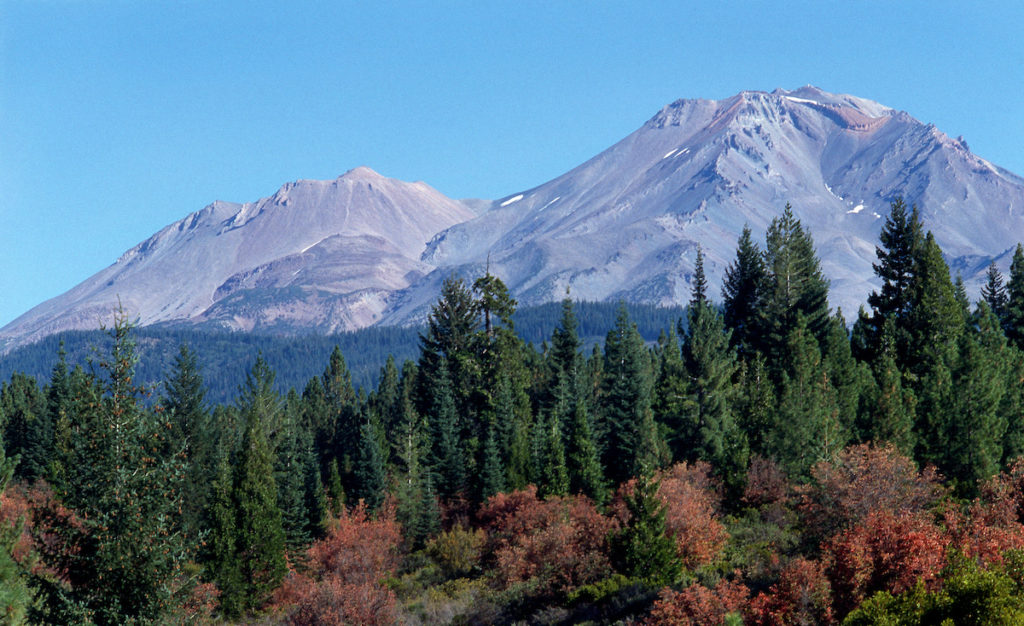
Apr 7, 2022CA judge halts curtailment for Siskiyou County irrigators
Irrigators in Siskiyou County have won a court ruling to temporarily block a state water curtailment order that would have prevented area farmers and ranchers from tapping into percolating groundwater supplies they have relied on for decades.
Superior Court Judge John Lawrence granted their request last week for injunctive relief to stop the state action.
Citing “imminent, irreparable harm and waste,” attorneys for Big Springs Irrigation District argued that the State Water Resources Control Board, in issuing the drought emergency curtailment order for the Shasta and Scott rivers last year, exceeded its jurisdiction on groundwater.
Darrin Mercier, a Yreka-based attorney for Big Springs Irrigation District, called the decision a win for agriculture and the first step in a long legal journey.
“Historically, the State Water Resources Control Board has not had jurisdiction over groundwater, and this was a classic example of government overreach where they exerted jurisdiction over percolating groundwater without authority and without evidentiary support,” Mercier said.
Big Springs Irrigation District has rights to percolating groundwater, which it pumps and delivers to customers in the hay farming, beef and cattle grazing region.
Decades ago, when the district formed, it pumped surface water from Big Springs, a tributary of the Shasta River, to provide irrigation and stock water to landowners.
Mercier explained that the district suspended its surface water rights in 1959 and instead drilled wells to percolating groundwater rights in an effort to minimize impacts to the Shasta River.
“These good stewards went to percolating groundwater, stopped diverting surface water, and now the state tried to shut them down,” Mercier said.
The lawsuit by the Big Springs Irrigation District argued that the state’s authority to protect flows in the Shasta River doesn’t extend to pumping of groundwater.
Mercier said Lawrence’s ruling “was at least a gut-check on government overreach.”
“We want to bring it back to center where all public trust resources are balanced and that government doesn’t overreach or exert authority where it doesn’t exist,” Mercier said. “The goal is to more clearly define what is the authority of the State Water Resources Control Board and define the balance under the public-trust doctrine between all competing concerns.”
Ryan Walker, president of the Siskiyou County Farm Bureau, who attended the hearing, said Big Springs Irrigation District irrigators and other supporters “filled every seat (in the courtroom) and had an equal number of people out in the hallway.”
“At the end of the day, the result of what happened in court was Big Springs Irrigation District is getting at least a month and a five days of water and that that’s real and crops can be grown,” Walker said. “Regardless of what happens in the future, that’s a win.”
Siskiyou County rancher Tristan Allen, who serves on the Big Springs Irrigation District board, said the stay of the curtailment order buys farmers and ranchers some time, adding, “We can get some water on for the first month, and then we can worry about the dry summer. It’s going to be a horrible summer.”
Allen said the district decided to take legal action to “stand up for what we thought was right and our personal right. We don’t believe that we negatively impact the (Shasta) River.”
“These are strong water rights,” he said. “And our fear in Northern California is they’re going to try to change the water rights to reflect these drought years.
“That just kills agriculture. Without water, we’ve got nothing.”
The temporary restraining order issued by the court will remain in effect pending the outcome of a May 5 hearing on the state order.
Mercier said the legal burden now rests with the state. It must convince the court that the use of percolating groundwater is interconnected to the river and subject to a curtailment order.
– Christine Souza, California Farm Bureau Federation
Mt. Shasta in Siskiyou County, California, during a drought in 1992. Photo: California Department of Water Resources









